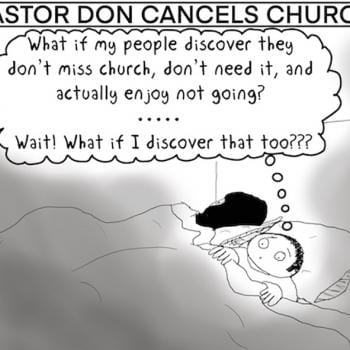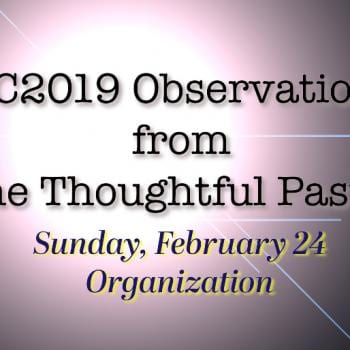The buzz is everywhere for United Methodist Clergy: a commission has declared that the day of the guaranteed appointment is done. Here’s the report.
.The question: what is an “effective” clergyperson? How does someone decide who is and who isn’t “effective?” On first glance, this should be all that hard. Surely an effective clergy person is one who leads his/her church into greater growth and ministry. That would mean it all comes down to numbers: the church that is getting larger, growing its budget and, most especially, paying all its apportionments on time, must, by definition, have an effective pastor.
The problem? We as United Methodist Clergy, also agree upon ordination to be itinerant. In other words, we are supposed to serve where ever the Bishop and Cabinet decide is the best place to serve. And some of these places of service have long histories of toxicity and/or decline, often for unforeseen demographic reasons. It is possible to engage in transformational work at such places, but it is a years and years long process. Short term measures like “how many people joined your church this year; is this year’s confirmation class larger than last years; how many small groups for children/youth/adults do you have?” will not honor the difficulties encountered by even the most dedicated, hard-working, intellectual, spiritual, organized, and gifted pastor.
Put the cream of the crop in a toxic church, or one where the numbers have been declining for years. If the pastor survives at all, it may be 10 or 20 years before real change takes place. Churches like that generally must decline before they can grow again. Because of the nature of the itinerancy, toxic and declining churches tend to flip pastors quickly, removing all possibility of real, sustained movement toward health and vibrancy again.
This is a very, very messy situation.












